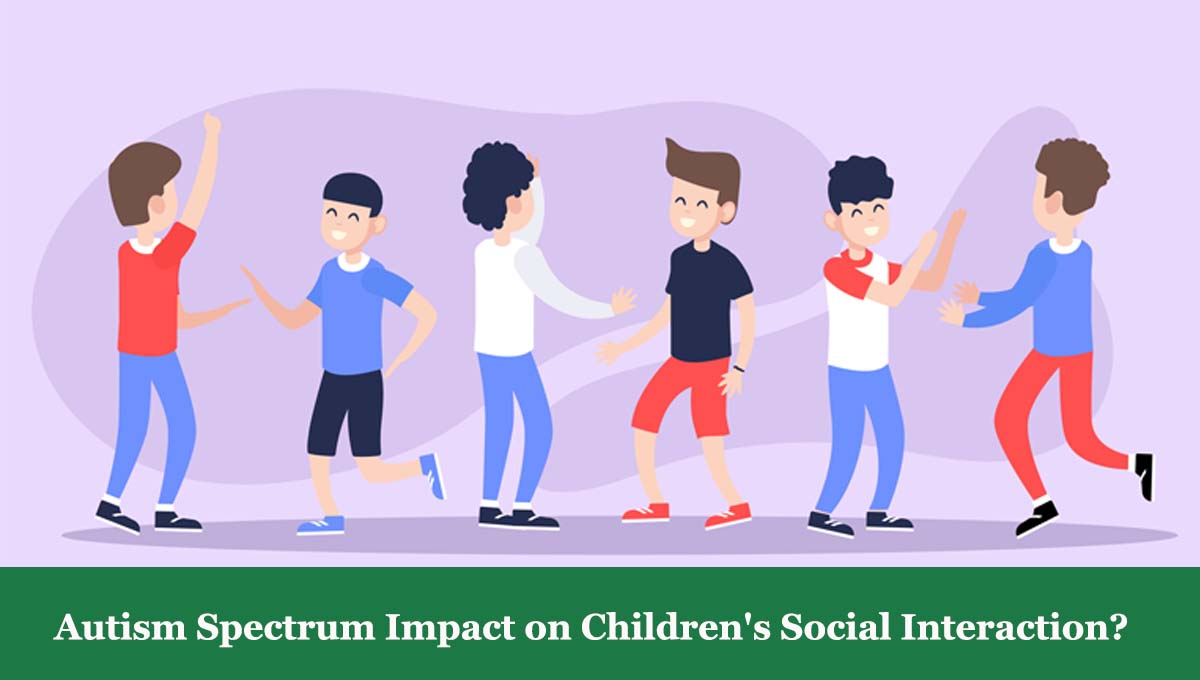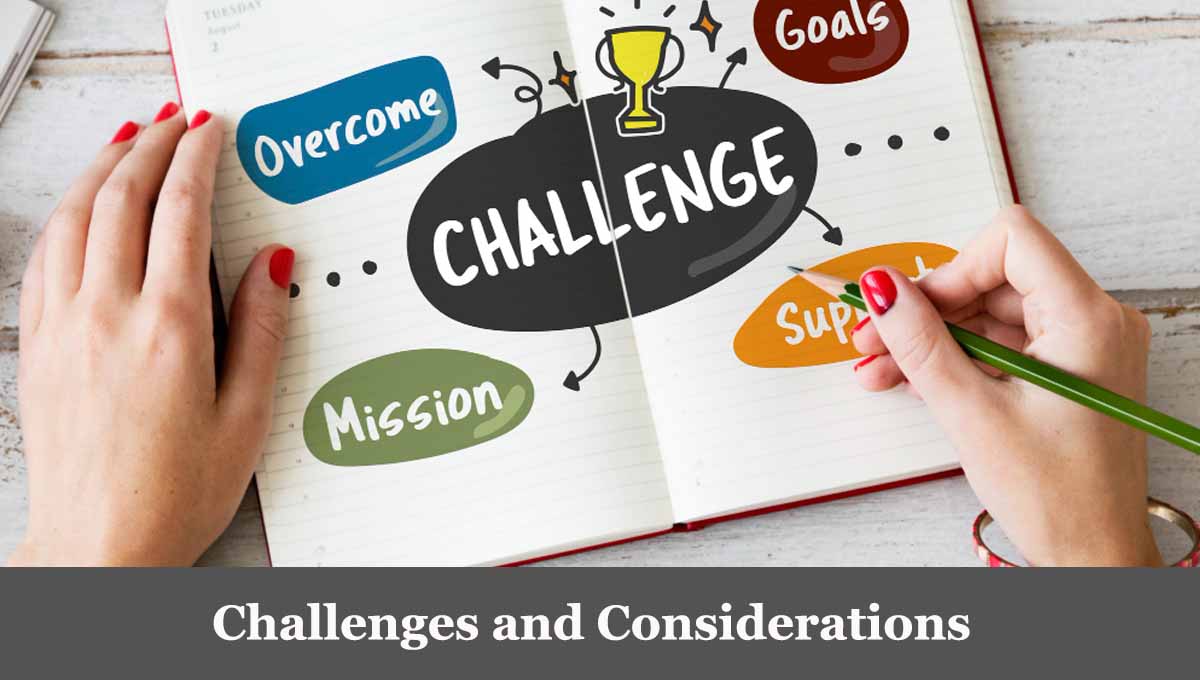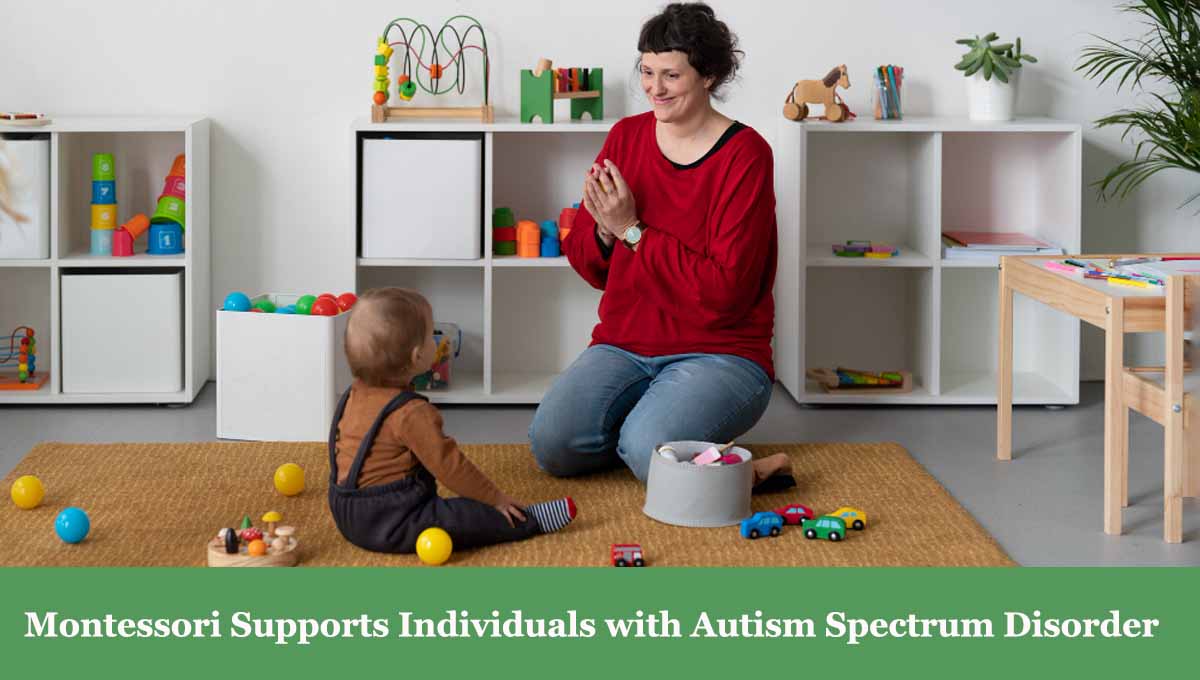Autism Spectrum Disorder (ASD) is a neurodevelopmental disorder that influences social interaction, communication and behavior. The term “spectrum” is used because ASD includes a complex range of quantitative conditions, and child with ASD may further manifest with intensity and demanding conditions.
How Autism Spectrum Impact on Children’s Social Interaction, Communication, and Behavior?
Interpersonal challenges
- Children has difficulty in forming and preserving social relationships.
- Children has limited interest in or focus of others’ emotions.
- In Montessori settings, children may encounter difficulties in comprehending and utilizing non-verbal signals, such as facial expressions and gestures.
Communication Difficulties
- Children has difficulty in delayed or limited speech development.
- In Montessori settings, child may face challenges in starting up and sustaining conversations.
- Children feels difficulty in knowledge and using language in social contexts.
Repetitive Behaviors and Interests in Children
- Engaging in repetitive actions or activities, along with hand-flapping or rocking.
- Strong adherence to workouts and resistance to trade.
- Intense awareness on unique subjects or objects.
Individual Differences
- ASD is a spectrum, meaning that individuals can vary broadly of their talents, challenges, and characteristics.
- Some children may have excellent skills or talents in precise areas, along with arithmetic, tune, or artwork.
Typical Behaviors in the Montessori Classroom
- Children have minimal or inaccurate eye contact
- Children doesn’t seem to see or hear other children talking
- Rarely share interests, feelings, or interests in products or activities (including rarely referencing or showing things to others).
- Not being slow or responsive to your name or other verbal requests for attention
- Those children have difficulties in forward and backward communication
- A lengthy discussion of a topic that interests you, often without realizing that others are not interested and giving others a chance to respond
- Demonstrate facial expressions, movements and gestures that are not consistent with what is being said
- Voice has a distinctive sing-song or flat robotic tone
- Children has difficulty in understanding another person’s point of view or is unable to predict or understand the actions of others
- Those children have difficulties in adapting practices to social circumstances
- In Montessori setting child has difficulty playing role-playing games or making friends
Top of Form
- Children shows exaggerated interest, such as moving objects or parts of objects
- A small change in a process that upsets child and makes it hard to change changes
- Is more or less sensitive to sensory input than other children, such as light, sound, clothing, or temperature
- Children with ASD may have sleep problems and irritability.
- Children on the autism spectrum may also have more energy, e.g.
- Children are able to recognize details and remember information for long periods of time
Challenges and Considerations
Sensory Overload
Montessori classrooms can be stimulating environments, which may also overwhelm child with sensory sensitivities. Adaptations such as imparting quiet areas or the use of sensory-pleasant substances can help mitigate sensory overload.
Social Engagement
While Montessori encourages social interplay, a few children with autism may conflict with verbal exchange and socialization. Teachers might also need to scaffold social abilities development and offer extra help in this area.
Individualized Planning
Implementing an absolutely individualized method requires careful making plans, ongoing assessment, and collaboration between educators, therapists, and households. Resources and schooling in Montessori standards and autism attention are critical for educators working with kids at the autism spectrum.
Parental Involvement
Engaging parents and caregivers inside the educational technique is important for assisting children with ASD. Collaborative partnerships among domestic and school facilitate consistency and continuity in mastering and intervention strategies.
How Montessori Supports Individuals with Autism Spectrum Disorder?
A diagnosis of autism spectrum disorder (ASD) is a comprehensive assessment by healthcare professionals, usually including child developmental specialists, child psychologists, or child psychiatrists. How Montessori practices can support the learning and development of children with ASD:
Structure and Predictability
Montessori classrooms offer a structured yet flexible environment, providing predictable routines and clear expectations. For children with autism, this consistency fosters a sense of security and reduces anxiety.
Multi-Sensory Learning
The hands-on materials used in Montessori education appeal to multiple senses, making learning more accessible for children with ASD, who often have sensory sensitivities or preferences.
Choice and Autonomy
In Montessori classrooms, children have the freedom to select activities that interest them. This autonomy empowers individuals with autism to take ownership of their learning journey and build confidence in their abilities.
Individualized Support
Montessori teachers are trained to observe and understand each child’s strengths, challenges, and learning styles. This personalized approach enables them to tailor interventions and adaptations to meet the unique needs of students with ASD.
Social Skills Development: While Montessori education emphasizes independent work, it also provides opportunities for social interaction and collaboration. Through activities such as group lessons and peer interactions, children with autism can practice and improve their social skills in a supportive environment.
Developmental testing
- Regular developmental assessments are conducted at well child visits to assess the child’s developmental milestones.
- If concerns are identified, a comprehensive developmental assessment is recommended.
Progress Analysis
- Developmental assessment includes critical examination of a child’s knowledge, behaviors, and milestones.
- This may include repeated assessments of interpersonal skills, communication skills, athletic abilities, and repetitive behaviors.
- Providing parental feedback in this study is important to gain a more detailed understanding of the child’s behavior in different situations.
Autism-specific screening tools
- Healthcare professionals often use standardized screening tools specifically designed to screen for symptoms of ASD.
- Examples include the Modified Checklist for Autism in Children (M-CHAT) or the Social Communication Questionnaire (SCQ).
Comprehensive Research Identification
- If ASD is suspected based on developmental assessment and testing, a comprehensive diagnostic test is performed.
- This study involved a multidisciplinary team, including professionals such as psychologists, speech-language pathologists, and occupational therapists.
Clinical Interview
- In-depth interviews are conducted with parents or careers to gather information about the child’s behavior, development and family history.
- Information about the child’s prenatal and perinatal history is also important.
Views and links
- The child is observed and interacted with in a variety of settings to assess social skills, play behavior and reactions to different stimuli.
- Direct contact with the child helps staff examine patterns of communication, social interactions, and repetitive behaviors.
Diagnostic criteria
- Health professionals refer to established diagnostic criteria, such as the Diagnostic and Statistical Manual of Mental Disorders (DSM-5), which outlines specific criteria for diagnosing ASD.
- DSM-5 contains criteria for social interaction difficulties, restricted and repetitive behaviors, and symptom severity.
Clinical evaluation
- A medical examination is conducted to rule out any underlying clinical conditions that can be accountable for the determined behaviors.
- Genetic trying out can be considered, especially if there are issues of genetic trends associated with ASD.
Answers and Discussion
- Following the evaluation, health care vendors provide information to mother and father or caregivers.
Conclusion
Incorporating Montessori ideas into educational settings can provide treasured guide and enrichment for people with Autism Spectrum Disorder. By embracing the principles of child-targeted mastering, fingers-on exploration, and individualized training, Montessori educators can create inclusive environments in which children with autism can thrive academically, socially, and emotionally. Through collaboration, model, and a dedication to expertise each infant’s precise strengths and demanding situations, we are able to create pathways to success and empowerment for all newbies, no matter neurodiversity. The assessment system is collaborative, with verbal exchange and feedback from dad and mom, caregivers, and a group of experts with information in developmental behavior evaluation.



